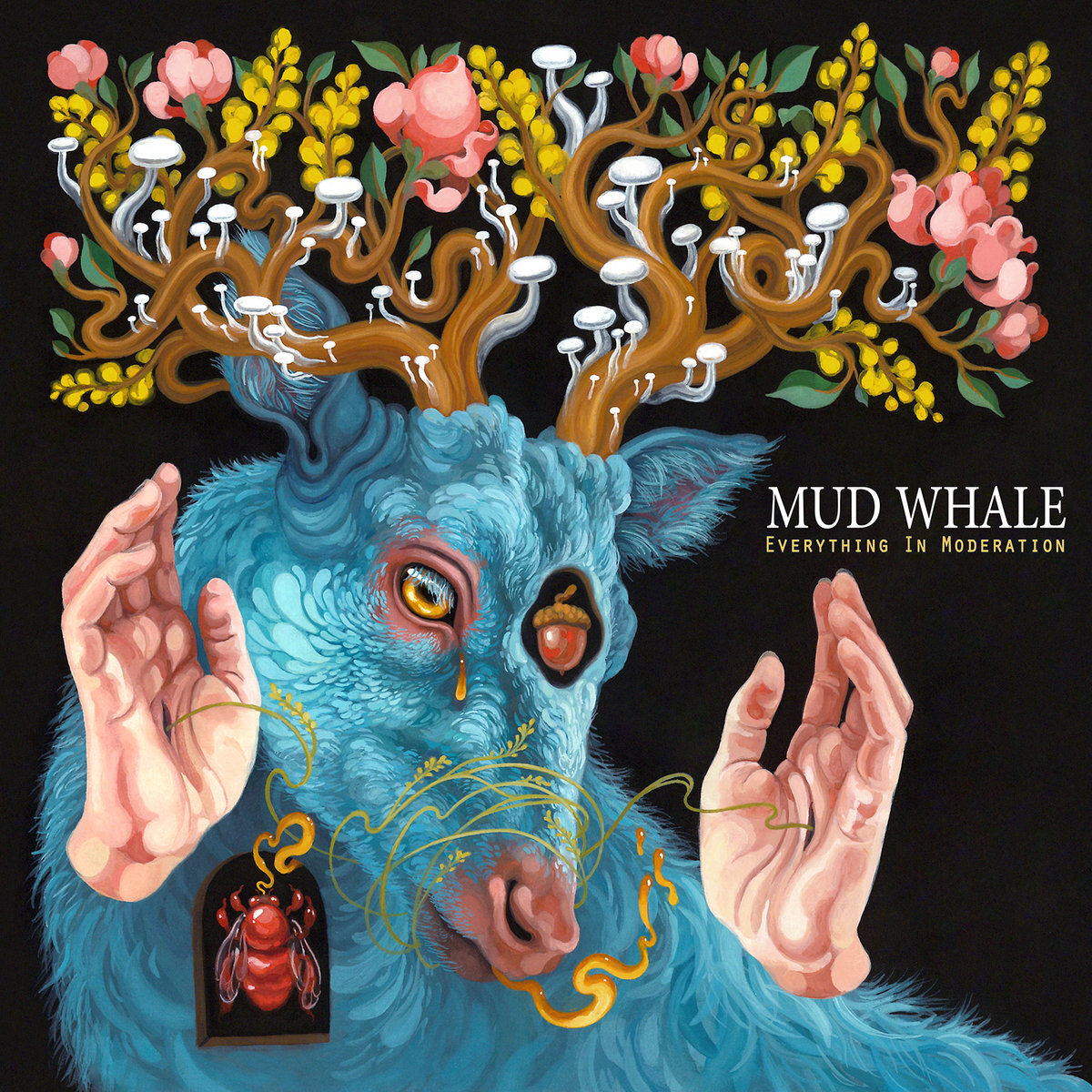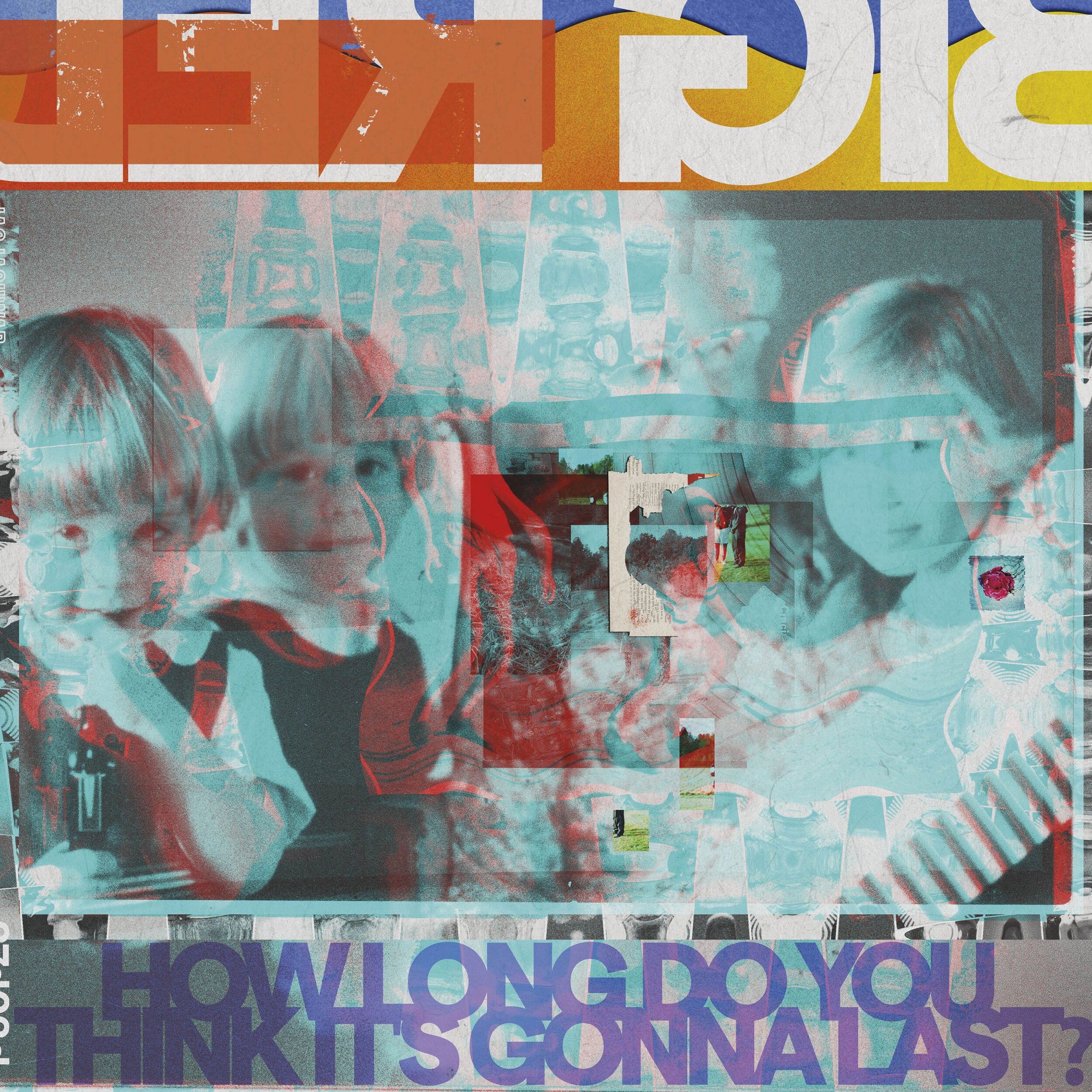Big Vic – Girl, Buried | Album Review
/My favorite albums and songs aren’t great just because of the random assemblage of lyrics and instrumentals they possess; they’re great because the artist is pursuing a specific vision. Sometimes the writing is so vivid that it places you right alongside the narrator. Other times the band’s instrumentation is so distinct that it fleshes out their own corner of the musical universe. Those are the pieces of music that stick with me and keep me coming back because they offer something more than just a simple collection of sounds.
Specifically, in regards to the album format, a well-crafted world can be an infinitely renewable resource. I relish escaping into the countryside of Saint Cloud. I love donning my imaginary leather jacket for Born To Run. I will never get tired of the power and confidence that I feel while listening to Yeezus. Each of these albums flesh out their own one-of-a-kind universe thanks to the unflinching commitment of their respective creators. In capturing their reality, these artists offer up something of themselves. They welcome the listener in and let us find comfort, or coolness, or confidence in the space that they’ve created. That is what keeps me coming back to an album over time because it’s bigger than a good hook or a killer solo; it’s a world all its own.
As a whole, shoegaze is a genre that understands this commitment to world-building. Bands like Greet Death, Gleemer, and Clearbody are all chipping away at different visions of the same thing. While Greet Death describes their style as “Blackened Post-Alt-Country,” Gleemer takes a more relatable, poppy singalong approach, meanwhile Clearbody offers a punchy style of Grungegaze. These bands can exist alongside heavy-hitters like Deafheaven and Hum, as well as exciting up-and-comers like Dazy and Alien Boy. You get the point. There is enough room in this genre for a wealth of diverse sounds, even when most bands are playing within the same sandbox of fuzzy guitars, sludgy bass, and crashing cymbals.
This genre is all-encompassing. There are sub-shades of shoegaze where the core mechanics are cross-hatched into other sounds, but by and large, the genre follows the same approach; pummel the listener with distortion and trepidatious lyrics. Turn it up as loud as possible for maximum effect.
In a genre that seems to be constantly shifting and ever-expanding, the Ann Arbor-based shoegaze act Big Vic is finally ready to unveil themselves with Girl, Buried. While they’ve been an entity since early 2019, it’s clear the band has spent the last two years practicing, honing their skill, and fleshing out their vision. Girl, Buried is a transportive piece of music that warps the familiar sound of shoegaze into something ferocious, groovy, and totally unique.
Once the listener presses play on the opening track, “Dinky,” they have no choice but to sink into the album like a water bed. The record opens with a squeal of feedback, quickly followed by a snappy slice of rock riffage. Lead singer Victoria Rinaldi sounds borderline Kim Deal-esque, affecting a sort of disgruntled 90s intonation that allows the band to bring things down a touch before swinging back into the next shoegaze riff. As the band shifts from one section of the song to the next, it feels as if you’re watching Spider-Man swing from one skyscraper to another; it’s acrobatic, exhilarating, and it all flows in an effortless, naturalistic way.
Track two, “Broken Car,” is a bit of a sunkissed shift in sound. The song sounds agreeable enough; you can practically see the breeze wafting through the trees while you take in the jangly indie rock. As the opening verse unfolds, the band shifts into this kind of spiky cadence where the instrumental comes in fits and starts that coincide with Rinaldi’s delivery, emphasizing each word in the process. After a couple of verses, it all fades into a sort of Cure-like build which itself winds back up to the starting point, resolving in a neo-psychedelia Jay Som riff.
“Salt” opens with a radiant synth which is quickly paired with a searching Souvlaki-style space riff. The lyrics are just brief flashes that hit you like a jab from a dark alley; they hardly linger long enough to do anything, but still manage to knock the wind out of you. Right as you start to get a grasp on the sentiment, the guitar morphs into a sludgy wall of stankface tone, and we’re swept up into a tornado of overbearing emotion.
Album highlight “Gun Girl” changes things up with a fist-balling rager that alternates between a muscular, soaring punk riff and jagged, unsettling instrumentals. These whiplash-inducing passages are accompanied by vitriolic monologues aimed at creepy guys. The sentiments all pile up at the end of the song and culminate in a disorienting horn outburst that keeps things deliciously off-kilter. Not only does “Gun Girl” inject energy into the tracklist at just the right time, but it also wonderfully captures the out-of-control feeling you get from just trying to keep up with your thoughts while the world around you moves at lightning speed.
The shoegaze-tinged half-steps into other genres don’t stop there. “Kerrytown” possesses lush slide guitar, lackadaisical banjo plucks, and a laid-back temper that’s slow as molasses and easy as the rolling hills. It’s a woozy little country-tinged pitstop that offers a perfect landing stip necessary for the comedown of “Gun Girl.” And while it starts mild-mannered, “Kerrytown” still crescendos into a beautiful, searching guitar solo that’s downright transcendental. This bleeds effortlessly into “Interlude,” where a whirl of static spins over some more banjo plucks for a wordless two-minute prattle before the final one-two punch of our closing songs.
“Worms” opens like a horror movie; proggy bass, guitar, and drums all jostle the listener around before igniting into an Adebisi Shank-style of robot rock. After a few whisper-quiet verses, the song degrades in real-time, slowing down with each bar before a crushing doom riff sweeps the entire thing into an endless abyss.
Closing track “Anymore” opens with a rolling, arid post-rock stretch that sets the scene for a reserved vocal performance. As the first verse nears its natural breaking point, the band falls into a lumbering Greet Death riff. Not content to repeat the same tricks twice, the next passage sees the group speeding the track up and slowing back down, distorting time like a warped Dalí clock or a piece of Laffy Taffy. The final 50-second stretch takes a page straight out of Mannequin Pussy’s playbook and breaks out into a riff so distorted and blown out it feels like you’re witnessing the end of the world. You can practically feel the walls of the studio shaking as the band breaks through the confines of the record, igniting into a solar flare and hanging themselves upon the night sky.
And that’s Girl, Buried. For a band named “@diet_emo” on Twitter, Big Vic is much less diminutive and far less emo than that handle would lead you to believe. This is a record that takes up space. This is a record that has things to say. This is a record that’s in control of its own destiny.
Aside from the broad swath of genres represented here from shoegaze and beyond, Girl, Buried is also an excellently sequenced album that walks the listener seamlessly from one emotion to the next. Whether the band is getting technical and progressive or shaking with vitriol, Big Vic does an excellent job of making it all feel continuous.
As the cataclysmic events of the world outside continue to bury us alive every day, sometimes having a world in which you can escape is vital. Girl, Buried isn’t a distraction. This album is not a world in which those hard feelings and oppressive events don’t exist; it’s a world in which they do, and you’re strong enough to confront them. This record is all your own rage, sadness, anger, and helplessness reflected back at you. It’s the band saying, “We feel it too.”
As we try to un-bury ourselves each day, Big Vic offers a forthright album-length reminder that, if you’re feeling the pressure, at least there’s comfort in knowing you’re not alone.































